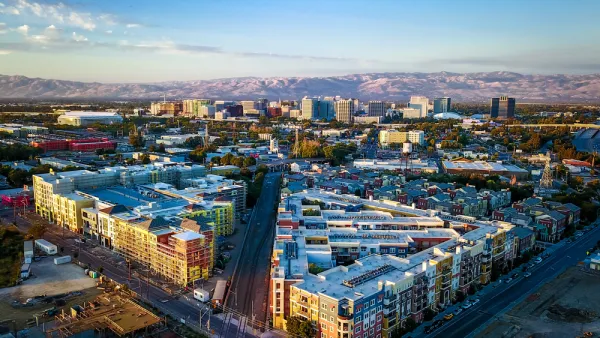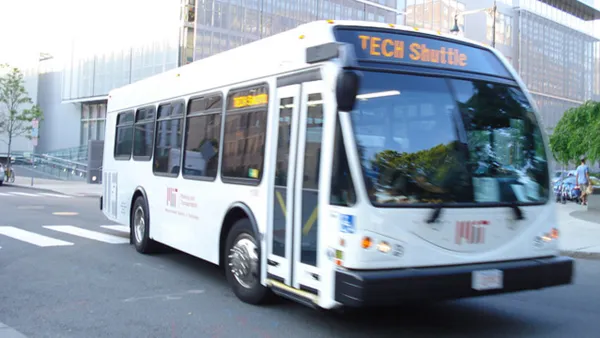Noting the Bay Area's relatively slow growth rate over the past two decades, Timothy B. Lee argues that the area's "bad housing policies" are harming business growth and investment opportunities in Silicon Valley.
Commenting on a recent article in Wired exploring the increasingly unfavorable market for investment in Silicon Valley, Lee ponders what is responsible for suppressing the "natural resources of the startup world" - people, real estate, and support services - noted in the article. He locates the root of the problem in the area's growth management policies.
"Probably the most important reason, as Ryan Avent has pointed out, is that housing regulations make it impossible to build a significant number of new housing units. A variety of regulations-minimum lot sizes, maximum building heights, parking mandates, restrictions on renting out basements, and so forth-place an upper bound on the number of units of housing that can be built in any given municipality in the Bay Area. And developers have simply run out of new places to build that are within a reasonable commuting distance of Silicon Valley or San Francisco"
Noting that since 1990, the population of the Bay Area has grown by less than 20 percent (less than the growth rate for the country as a whole), Lee argues that based on "more reasonable" benchmarks for growth ("Atlanta, Phoenix, or Las Vegas, all of which roughly doubled in size in the last 20 years"), the Bay Area should have 11 million residents, rather than its current 7 million population.
"Among those extra 4 million people would likely have been hundreds of thousands of additional engineers starting new firms or expanding the Google and Facebook workforces. In short, the reason there's too much money chasing too few businesses isn't that the country is running out of people with good technology ideas. It's just that bad housing policies mean that there's nowhere for additional people to live"
FULL STORY: Why The Bay Area Should Have 11 Million Residents Today

Analysis: Cybertruck Fatality Rate Far Exceeds That of Ford Pinto
The Tesla Cybertruck was recalled seven times last year.

National Parks Layoffs Will Cause Communities to Lose Billions
Thousands of essential park workers were laid off this week, just before the busy spring break season.

Retro-silient?: America’s First “Eco-burb,” The Woodlands Turns 50
A master-planned community north of Houston offers lessons on green infrastructure and resilient design, but falls short of its founder’s lofty affordability and walkability goals.

Test News Post 1
This is a summary

Analysis: Cybertruck Fatality Rate Far Exceeds That of Ford Pinto
The Tesla Cybertruck was recalled seven times last year.

Test News Headline 46
Test for the image on the front page.
Urban Design for Planners 1: Software Tools
This six-course series explores essential urban design concepts using open source software and equips planners with the tools they need to participate fully in the urban design process.
Planning for Universal Design
Learn the tools for implementing Universal Design in planning regulations.
EMC Planning Group, Inc.
Planetizen
Planetizen
Mpact (formerly Rail~Volution)
Great Falls Development Authority, Inc.
HUDs Office of Policy Development and Research
NYU Wagner Graduate School of Public Service




























